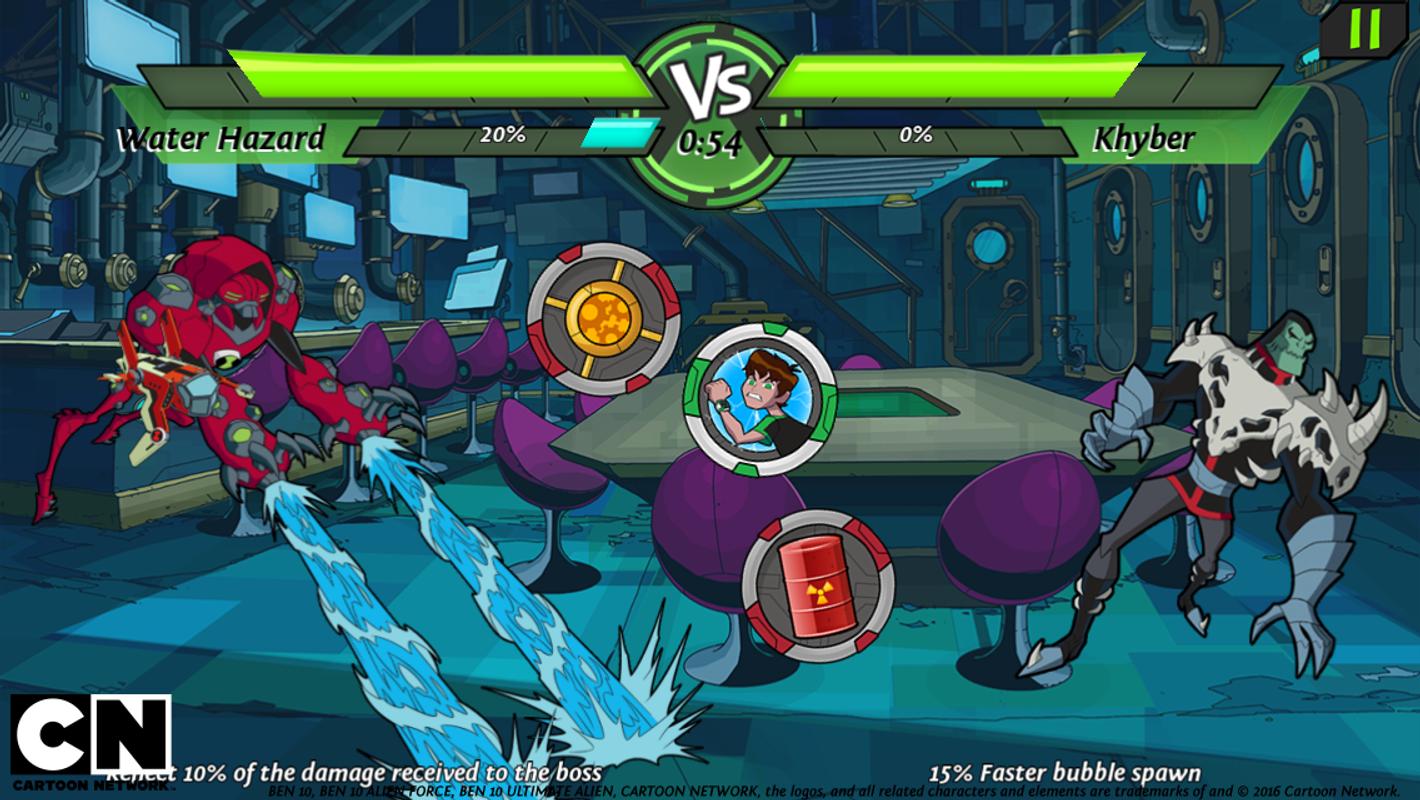

Check for hidden station problem : In several instances, enabling RTS/CTS in the access point is of no use if the hidden station issue doesn’t exist from the access point perspective.If collisions occur between users within range of each other, the issue may be the result of RF interference or high network utilization. Check user mobility: A highly mobile user can remain hidden for a short time period during testing, then get closer to other stations most of the time.After an RTS frame is received from a user’s radio NIC, the access point will respond with a CTS frame. Monitor the wireless network for collisions : If there are a large number of collisions and users are far apart, then activate the RTS/CTS in user setup screens.Here are some tips to determine whether you should enable RTS/CTS: A hidden node problem may also have a negative effect on the performance, although the instance of negative impact on performance is quite rare. If there aren’t any hidden nodes, the network may suffer from reduced throughput when RTS/CTS is enabled. However, it is important to note that an increase in performance using this mechanism is the net result of adding overhead in the form of RTS/CTS frames and reducing the number of retransmissions.Ĭonsidering hidden nodes is also important.

If you suspect poor performance of your wireless network because of too many users connecting to the network, interference or collisions, you can halve the RTS threshold and do the same again until there is an improvement in network performance. If the CTS packet isn’t received within a certain period of time, the transmitting device resends the RTS packet. In the first mechanism, the transmission station will send out the actual packet after waiting for the silence period, while in the latter, the transmission station sends out an RTS packet to the receiving station and waits until the receiving station transmits a CTS packet before sending the actual packet data. The RTS function will then determine if the wireless access point should use CSMA/CD (Carrier Sense Multiple Access with Collision Detection) or CSMA/CA (Carrier Sense Multiple Access with Collision Avoidance) mechanism for packet transmission. The primary reason for implementing this function is to minimize the collision between hidden stations, which occurs when access points and wireless users are spread out in a location and there is a high occurrence of retransmissions on the wireless LAN. The RTS/CTS connection provides a framework for the shared medium. The CTS features a time value that will alert other stations to hold access to the medium while the station that initiates the RTS transmits the data. The access point will transfer a CTS frame after it receives the RTS frame. Then a station starts the process by transferring the RTS frame. When you activate RTS/CTS on a station, it refrains from sending a data frame until that particular station completes the RTS/CTS connection with another station. Through fine-tuning of RTS/CTS, you can optimize the performance of your wireless LAN network.


 0 kommentar(er)
0 kommentar(er)
